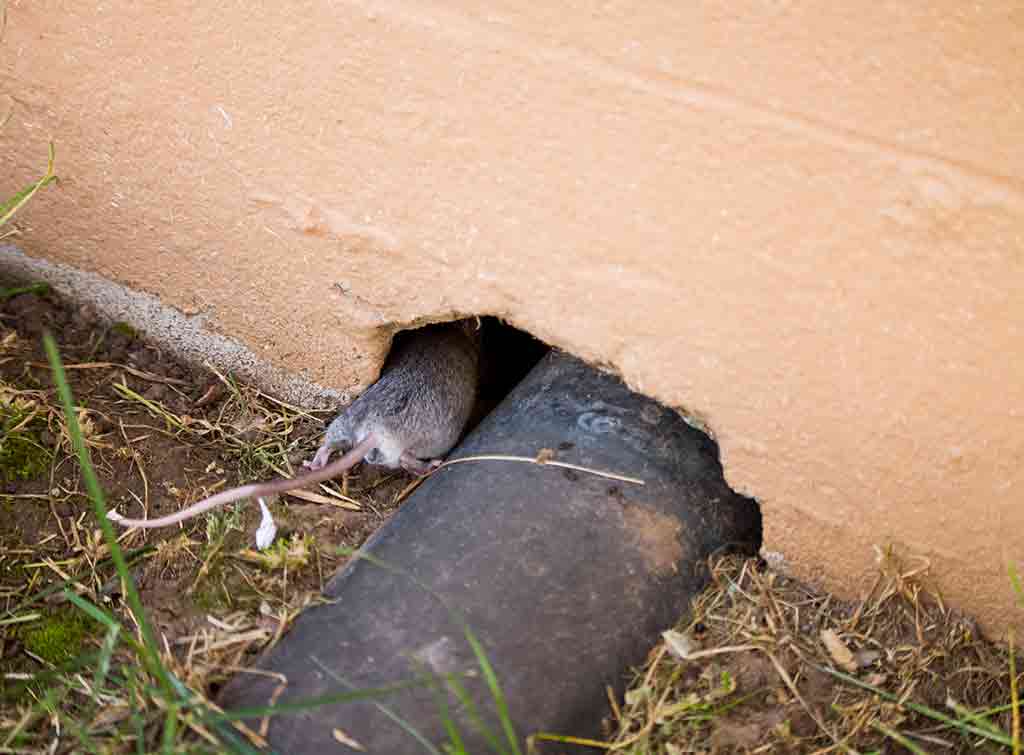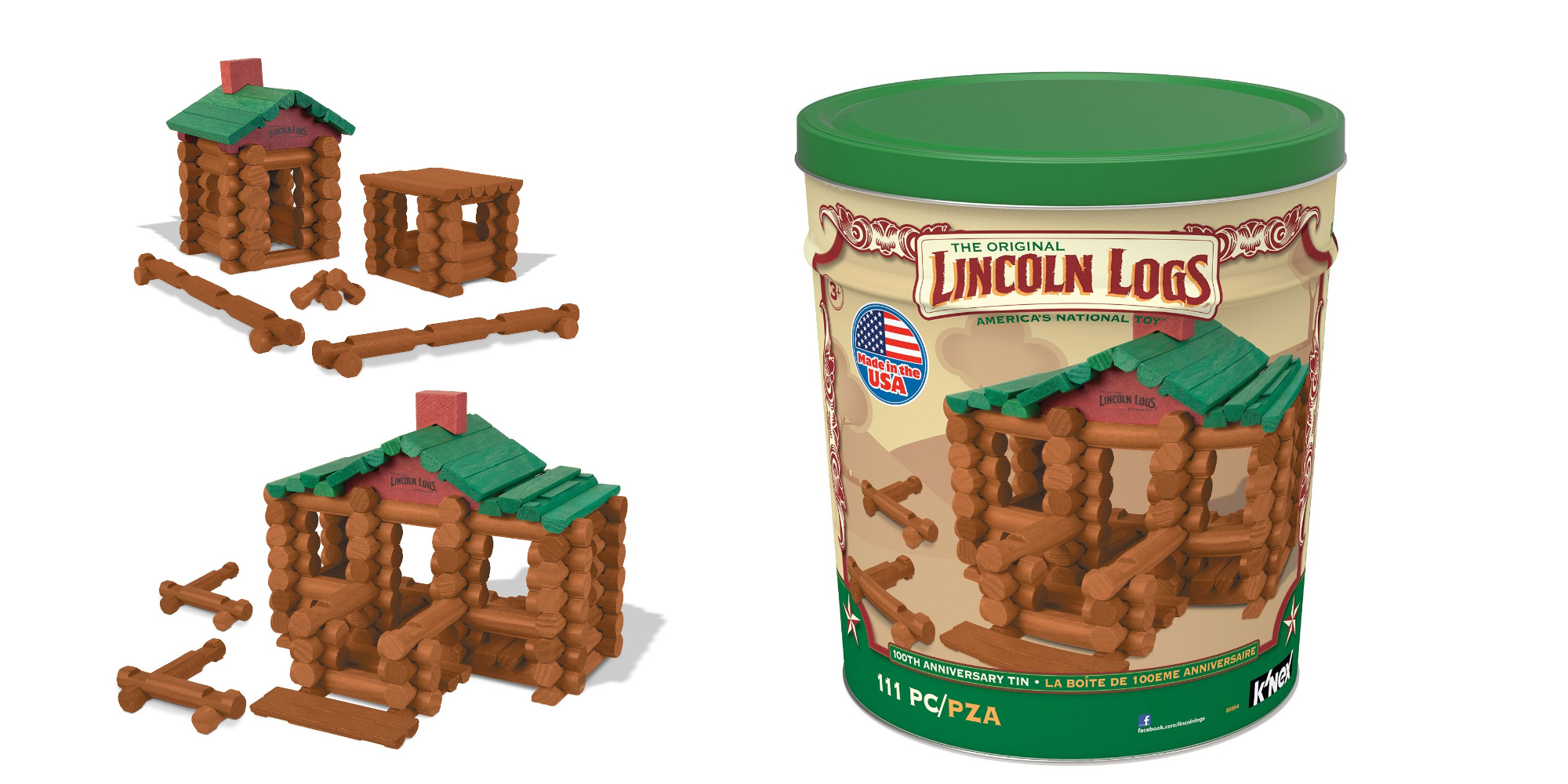Table Of Content
- STEP 1: Inspect the home and its surroundings, including your backyard and garden.
- How to get rid of rats in the house fast – and keep the rodents away once and for all
- Mice Habitat and Breeding
- Information on Rats/Mice
- How to get rid of rats – or keep them away – with pets
- Nesting behaviour
- How quickly do rats reproduce?

They occupy habitats including sandy flats, open grasslands, and grassy areas within forest, heaths, savannas, and tropical rainforests. You don't have to stop helping wildlife such as hedgehogs in your garden, but be careful with feeding times. Don't leave food lying around all day, and especially not during the night. Glue traps are another widely available option, however we do not recommend these as they’re an inhumane method of killing rats.
STEP 1: Inspect the home and its surroundings, including your backyard and garden.
Her favorite thing to test has to be air purifiers, as the information provided and the difference between performances is extensive. If you suspect you have a mouse rather than a rat, here’s how to get rid of mice. That’s why if you’ve spotted signs of a rat around your home, you need to take action as soon as possible. It's plainly unhygienic and dangerous for yourself as well as any children or pets.
How to get rid of rats in the house fast – and keep the rodents away once and for all
(However, recent research suggests that parasites living on rats, such as fleas and lice, may be the more likely culprit behind the spread of plague). Anticoagulant rodenticides can be replaced with a variety of safer options. The optimal rodent management strategy is exclusion and cleanliness. To lessen the number of rodents, it is also vital to seal structures, remove food and water sources, and cut tree limbs and leaves off the sides and roofs of homes.
Mice Habitat and Breeding
Admittedly, that’s a tiny hole to be searching for in the house, so finding the gaps where the rats are getting into the house or shed can be challenging. That’s where it’s helpful to hire a rat exterminator to solve the problem. An exterminator can quickly inspect the exterior and find the problem areas. Considering rats have a gestational period of less than a month, it’s easy to see how populations quickly get out of control. Female rats can mate up to 500 times in just six hours, and brown rats can give birth to up to 2,000 babies in a single year – with up to 22 young in a single litter. Next, we’ll deploy the rat control treatments that will be most effective for your property.
Snap traps are the most cost effective — these are powerful enough to kill rats on contact, being a larger version of a typical snap shut mouse trap. However, great care needs to be taken with these as they can cause severe damage if accidentally triggered. You can find a list of rat infestation symptoms at the end of this feature.
Vernon neighborhood plagued with rat infestation caused by home hoarder - FOX61 Hartford
Vernon neighborhood plagued with rat infestation caused by home hoarder.
Posted: Thu, 14 Dec 2023 08:00:00 GMT [source]

Deer mice are common carriers of the hantavirus, which can cause Hantavirus Pulmonary Syndrome for those who come into contact with their urine or carcasses. Be sure to properly seal your home before winter and use heavy gloves and a mask when setting and emptying traps. Prevention is the key to deterring these little pests, which can squeeze through an opening the width of a pencil.
Nesting behaviour
This website primarily references personal learning experiences. Please consult a pest control professional before applying any tactics from pestpointers.com. If you’re in need of an exterminator or wildlife professional, you can learn more about our nationwide network of pest control professionals. Zack is a Nature & Wildlife specialist based in Upstate, NY, and is the founder of his Tree Journey and Pest Pointers brands. He has a vast experience with nature while living and growing up on 50+ acres of fields, woodlands, and a freshwater bass pond. Zack has encountered many pest situations over the years and has spent his time maintaining and planting over 35 species of trees since his youth with his family on their property.
However, your best bet will be to use a snap trap like this Kat Sense Covered Rat Trap. If you see markings on food bags, on your furniture, or even on your walls or baseboards, you can safely say you are being visited by a rat. Once you come upon rat droppings, you can rest assured the rodent is making his presence known. Many of the signs that will alert you a rat is loose in your home are the same ones you get when there is a mouse in your house.
Am I dealing with Norway or roof rats?

Once all the rats are gone, you’ve still got to clean up after them. While an annoying noise may startle them at first, they’ll quickly get used to ultrasonic machines, and when they do, they’ll keep breeding, nesting, and eating like they always do. Most tracking powders contain toxicants like chlorophacinone or zinc phosphide.
If you store any pet food outside, be sure to keep it in a tightly sealed container to prevent pests and rodents from getting into it. Even if the opening is rolled down, an open bag emits an alluring aroma that rodents can smell from an impressive distance. Once a rat has made its way in, it’ll take up residence not too far from a food source, which is probably your pantry. Be sure to keep food in airtight containers or buckets so rats can’t smell or get into it.
Norway rats are the larger of the two species, up to about twice the size of roof rats, with tails that are shorter than total body length from nose to tail. They have a stockier appearance and proportionately smaller ears than roof rats. While ranges and habitats for the two species overlap, Norway rats tend to be the most problematic in coastal California areas and in densely populated, inner-city or downtown areas.
Rats are generally larger, with longer, thinner bodies and long legs. Rats look for the most accessible point of entry, starting with your yard. Gaps in the fence along the ground, tree branches that hang over your house, and heavy vegetation or piles of junk around the house are some common ways that rats will invade your space. You’ll want to check your house for visible signs of entry or nesting to begin the process of rat removal. Once we’ve treated the existing rat populations, we’ll focus on exclusion methods to prevent rats from entering your property in the future. In most cases, we use a combination of approaches, including trapping, sanitation, and baiting, to control rat populations.
The best way to keep rats away in the first place is by keeping your home's exterior – back and front – clean and tidy. It might be that your compost heap has to go in a composting bin, while fallen fruit shouldn't be left lying around. If all else fails, or you’re uncomfortable with trying to trap a rat yourself, you can always call in a professional. Their expertise can help with the best placement of the traps as well as finding potential entryways. Plus, they can help dispose of the rat once it’s successfully caught as well. A professional ensures you adhere to federal laws and legislation when it comes to rodenticides and traps on top of this.
This extends to your dog or cat's food and water bowls – bring them inside to make your home's exterior less attractive to rats. If you've recently planted out new bulbs or have a new vegetable garden, protect it under soil netting laid just beneath the soil. Look out for signs, too, of small holes and chewed netting – hungry rats can be determined. Bait stations contain an approved poisonous rodenticide which, once ingested, will eventually kill the rat. Stick to what’s supplied with the station, and continue with it should you need to refill — although keep in mind that not all bait stations are refillable.
The black rat and the brown rats are the only two you will probably run into. Gophers live in underground burrows made of connecting tunnels. They eat roots, bulbs and tree bark, all of which spells trouble for your lawn and garden. Gophers can have litters every few weeks, leading to a population boom that can quickly devastate your property. If crescent- or horseshoe-shaped mounds of soil with small circular holes start showing up in your yard, you probably have a resident gopher. Common in most of the U.S., this small rodent can be black to light brown in color and is often called a pocket gopher, due to its fur-lined cheek pouches.

No comments:
Post a Comment